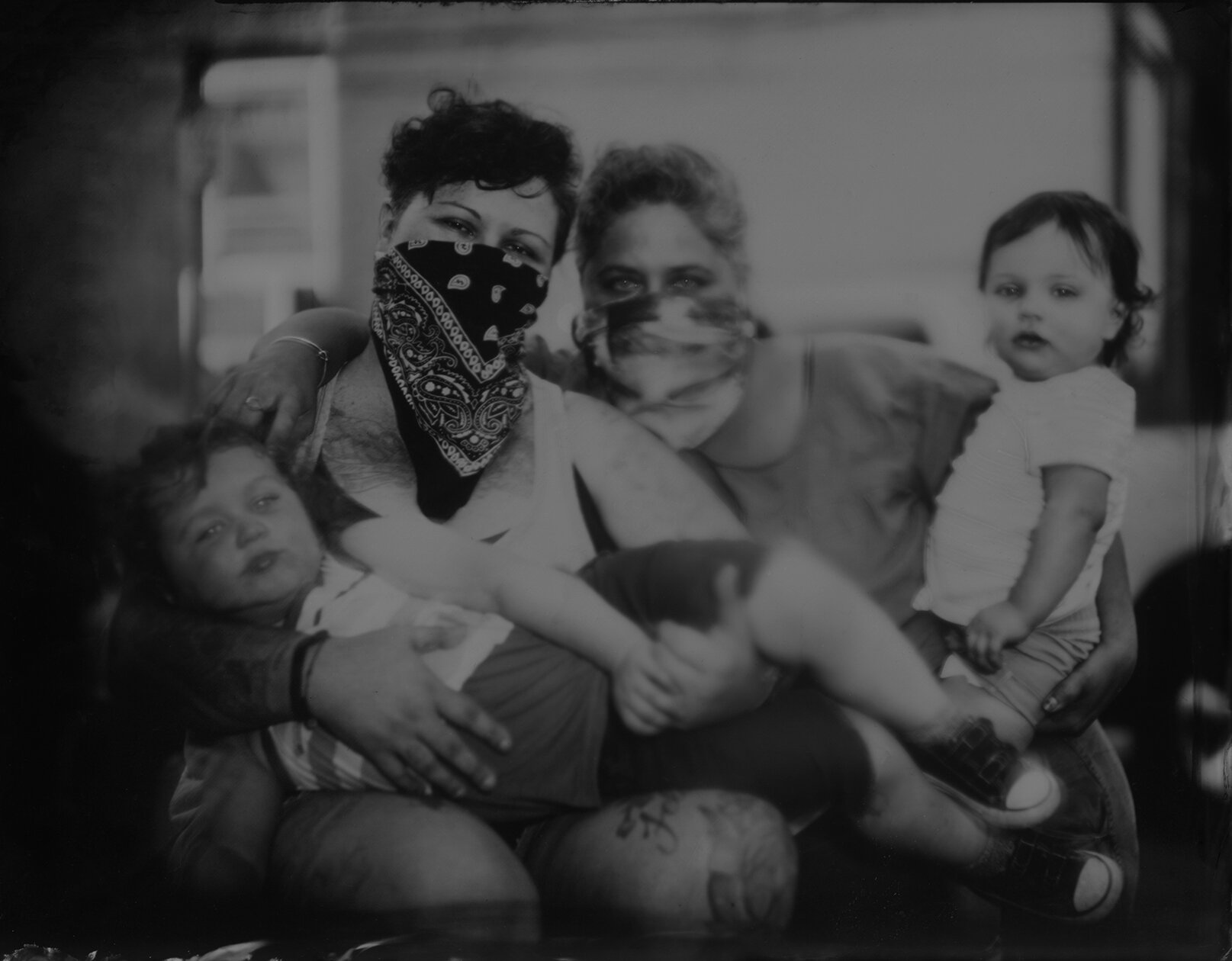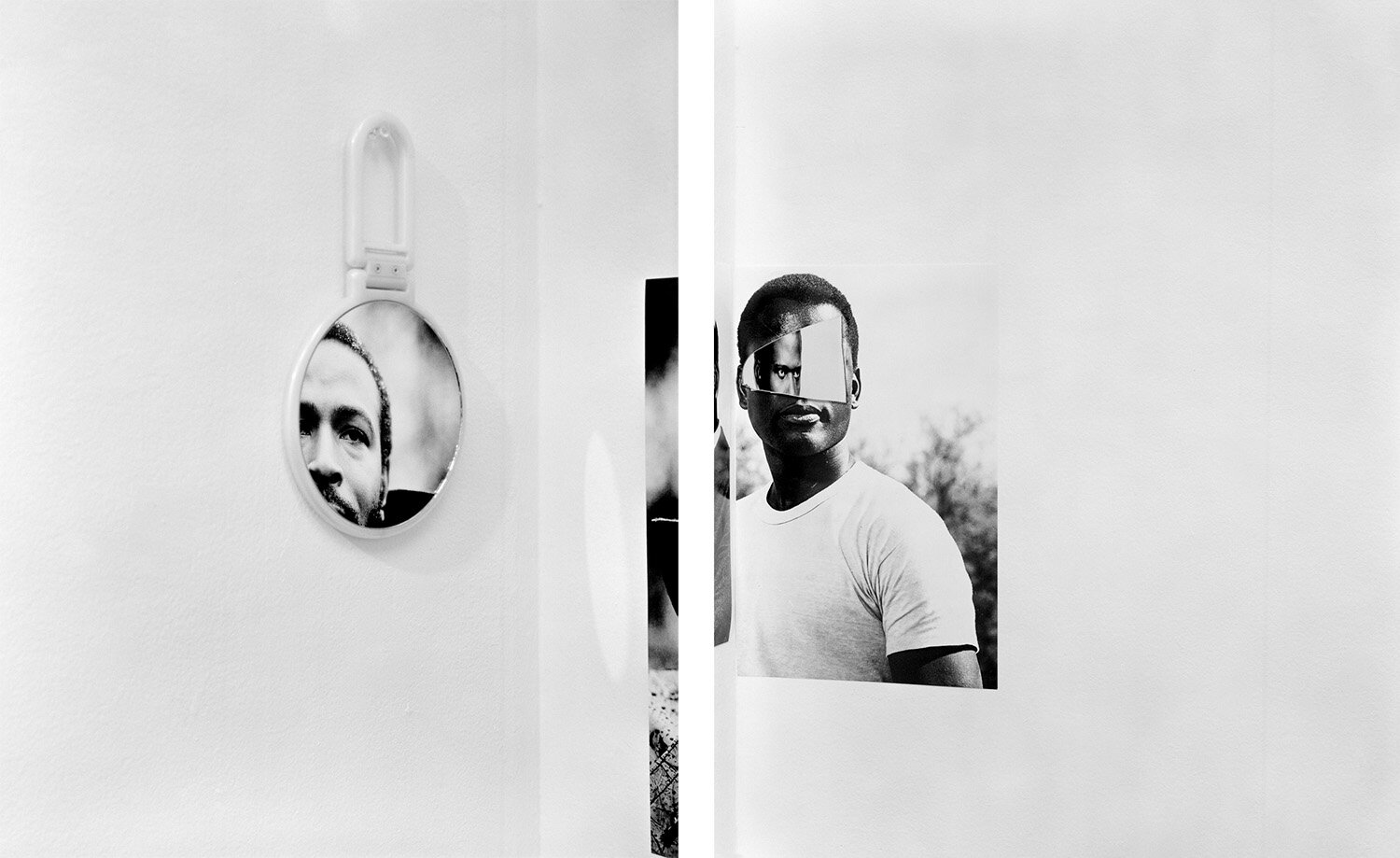© Kiliii Yuyan
Kiliii Yuyan on living off-road and photographing Arctic communities with an indigenous lens
Few photographers spend more time on the road than Kiliii Yuyan, who travels up to 300 days a year. A Maryland-born descendent of both Nanai (Siberian Native) and Chinese immigrants, he roams the Arctic to live alongside and document Indigenous populations whose customs and cultures often remind him of his own ancestors.
Aside from the intrepid feat of Yuyan’s images—they require long flights and rocky boat rides into sub-zero climates, and living in remote villages— his work accomplishes something rarely found in “extreme travel photography.” His pictures do not strain to be “epic” in subject-matter. Instead, the scenes are often quiet and isolated. But his graphically assembled compositions, with strong lines and interwoven positive and negative shapes, bring forth an image that demands to be looked at with a tender and curious eye. This flips the awestruck, aloof, and often predatory Western gaze that traces back to the earliest days of travel photography.
Yuyan, who now lives in Seattle, is a member of Natives Photograph and a 2020 Nia Tero Storytelling Fellow, a yearlong program for Indigenous creatives. Quarantine has grounded much of his travels, but it hasn’t stopped him from shooting new work and publishing a book, “Chukotka,” out this year through Kris Graves Projects.
We talked to Yuyan about living on the road, photographing people who live off of the land, and approaching every project with an Indigenous lens.
Quinn Russell Brown in conversation with Kiliii Yuyan





